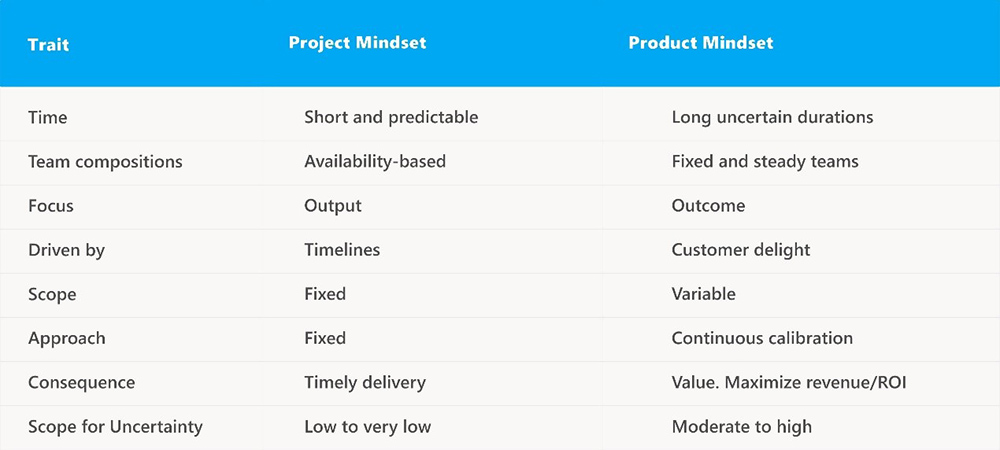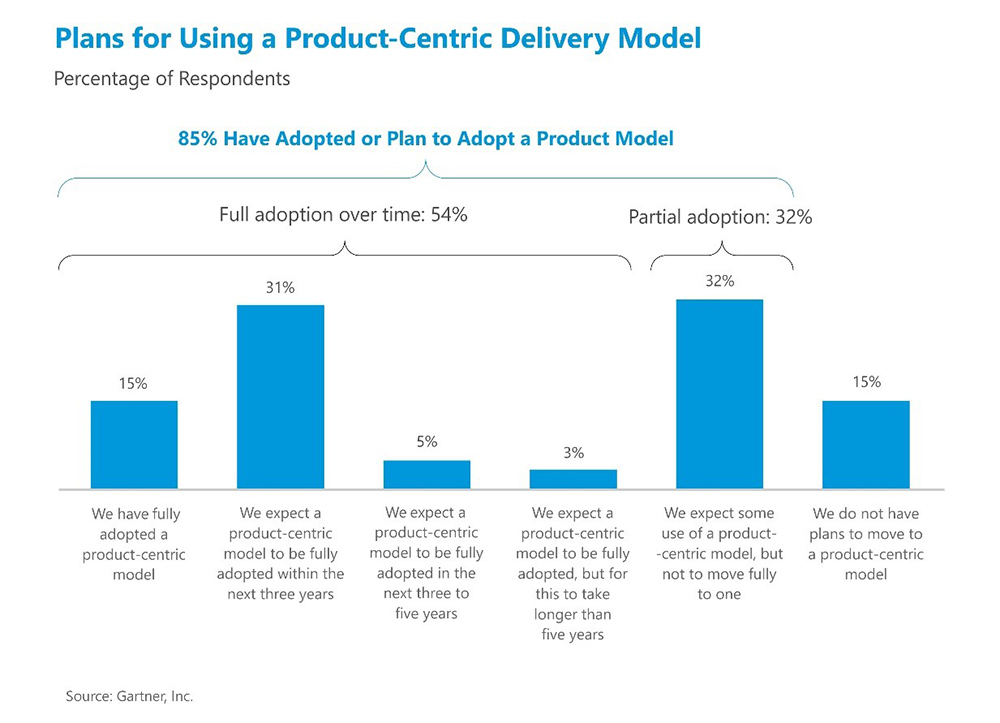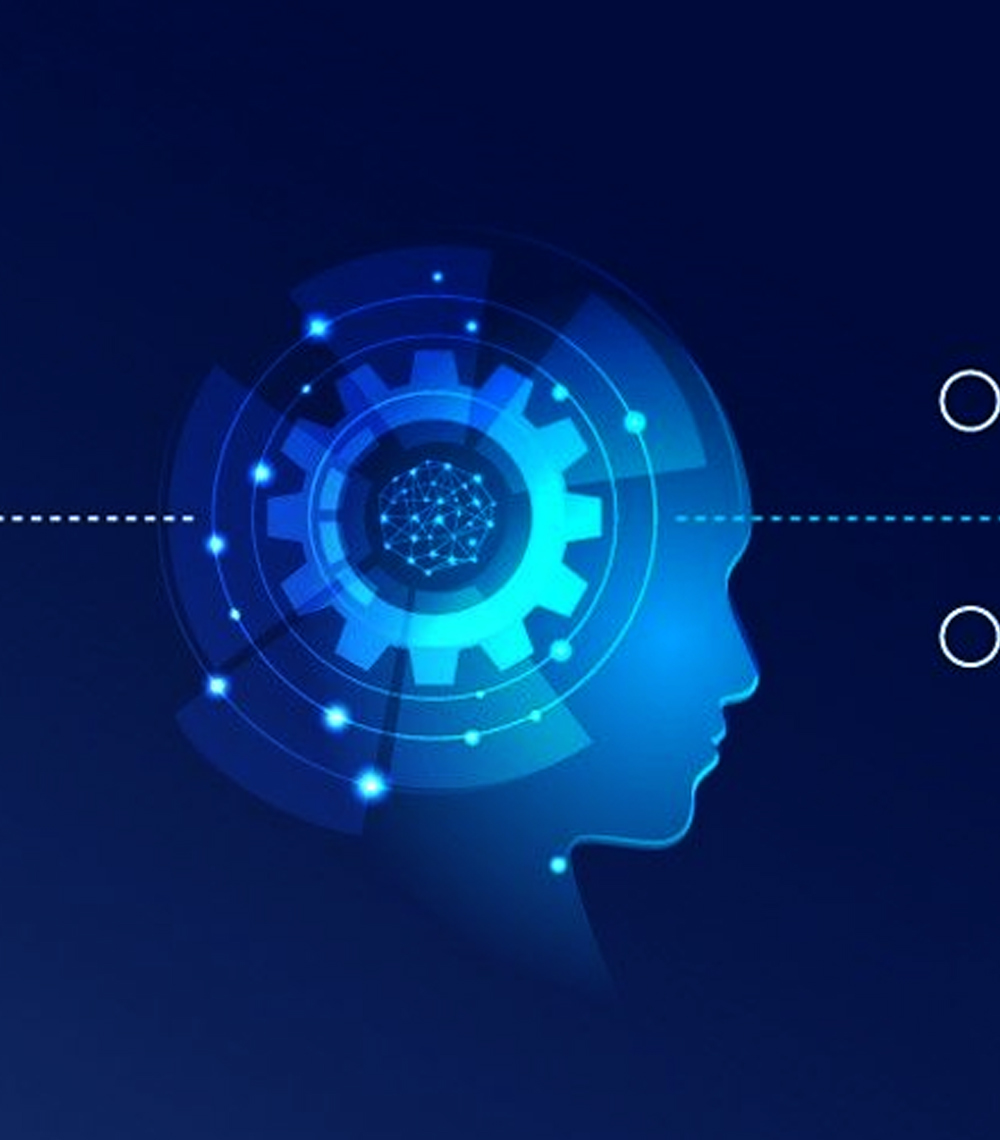
Project management has been around for as long as we have known projects. Its potency to address the human need for certainty and predictable goals got it an omnipresent stature in the business sphere. But is it the Holy Grail of modern business objectives? We can’t say so.
When champions like Tesla, Netflix and Apple introduced an alternative approach to project management- a product-centric model - business doyens did not pay much heed. They went around chasing results. After all, they were trained and accustomed to do so. Little did they know that the far-superior second was to sweep the market with its unprecedented results.
Today, Data Science fraternity, much like its other companions in the market, is drifting between the comfort of established patterns and the lure of market dominance.
What makes the product-centric model so attractive and so successful? We will discuss this and more here. But, before we proceed with a detailed comparative, here’s a quick look at the established definitions:
Project- a set of activities to be completed in a specified time to achieve a goal
Product- Is the result of an act or process
Product vs Project MindsetAs hard as it can be for Data Scientists to convince business stakeholders about it (more so in the case of service-based organizations), the benefits a product mindset brings to the table far exceed those of the project mindset
Outlook
The attributes of a project model are set in stone. Budget, time, scope, and team constraints frame the final outputs, and resource planning tools decide the assignment of developers.
In a product-centric model, composed, definite, and steady teams work passionately to achieve an outcome.
While a project-centric mindset considers the development team a bunch of good executants, a product-centric mindset considers them partners in development.
Flexibility
In a project-centric model, time is the prime focus, and it is tracked rigorously.
Project-centric models have extensive reporting, some of which is irrelevant. Developers are required to give an account of every hour they spend.
In contrast to a project-centric mindset, product-centric models are flexible and outcome-driven. Teams have freedom and responsibility to arrive at the best strategy to achieve the outcome and they consistently juggle with priorities, value, risk, dependencies, and learning opportunities to decide the next step.
Problem-solving
When problems arise, and they certainly do in most projects, a project-centric mindset, with its focus on timelines can get caught in an endless rut of meetings and discussions around why initial plans weren’t up to the mark and how the process can be accelerated to meet the target.
On the other hand, a product-centric mindset empowers the team to learn and adapt, and remain focused on the outcome.
Value assessment
When a project begins, the team has little idea about what value it is going to deliver. Any solution, planning and budgeting done a year or six months in advance is unrealistic. By the time it begins to understand the project, it is already a few steps ahead. From a project-centric perspective, this could appear surprisingly late. But from the accuracy perspective, this is the time when any kind of plans, estimates, or commitment will begin to make sense.
Scope for uncertainties and innovation
The quintessential approach of service organizations has always been to deliver outputs within a specified time. A project-centric business model is fixed and predictable, and cannot cover for uncertainties.
Product-centric models proceed under uncertainties of time, scope, and to some extent budget, with customer delight as the prime focus.

The biggest hurdle in implementing a product-centric model is the laboriousness of demonstrating the ROI of development activities to stakeholders. An added layer of extra push comes from the client servicing and sales and marketing teams. So, a Data Scientist is pressured at multiple ends, and often caught in a tug-of-war between deliverables and the finest quality.
A project mindset is happy to meet the mark. It seldom thinks of exceeding it. This is where most companies lose their innovation capabilities and competitive advantage.
“Great companies (and I argue great products) become great because they don’t settle for being good. Don’t get comfortable with good. Recognize that greatness takes longer, and plan for it.” – Jim Collins, Business Leadership Advisor
Wind-UpIn a 2018 survey conducted by Gartner, 85 percent of respondents said they have either fully adopted or are in the process of adopting a product-centric model.

The product-centric model is a vast improvement on the project-centric model and accommodates the uncertainty, agility and flexibility needed to steer innovations in today’s dynamic business environment. Having said so, it requires some degree of comfort with uncertainty and learning-as-you-go, which can be hard sometimes. Data Scientists can get the ball in their court by asking stakeholders a simple question:
Would you like to risk a date and hit the mark or would you like to miss the mark itself?
Before we part, here’s a quick look at the benefits of a product mindset that we’ve talked about:
Product-centric models are flexible and achieve:
- Quicker business outcomes
- Superior customer value and experiences
- Greater team cohesion
- Elevated code quality
- Faster time-to-market
- Lower cost
- Sustainable competitive advantage
- Financial benefits
- Enhanced margins


































